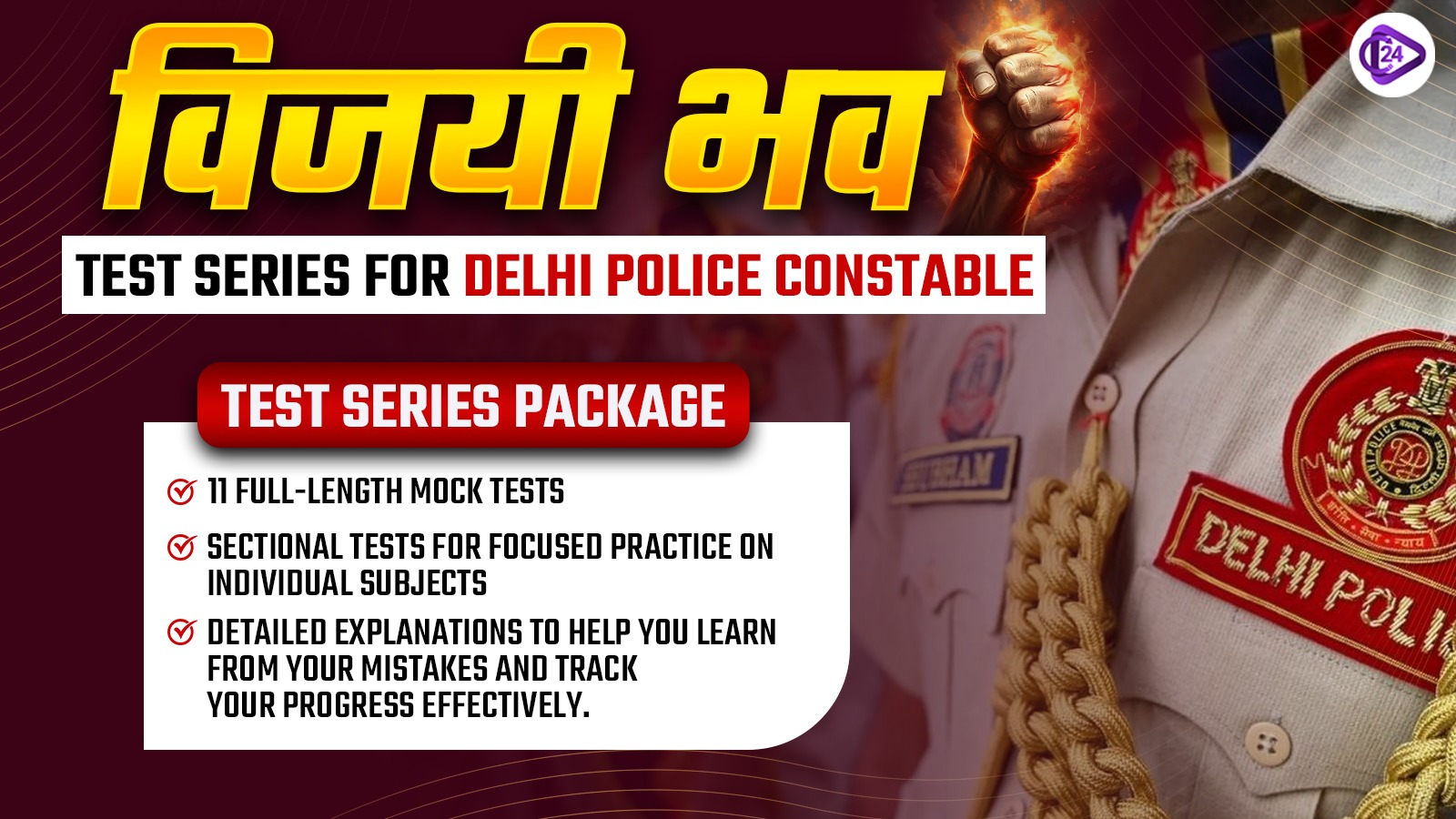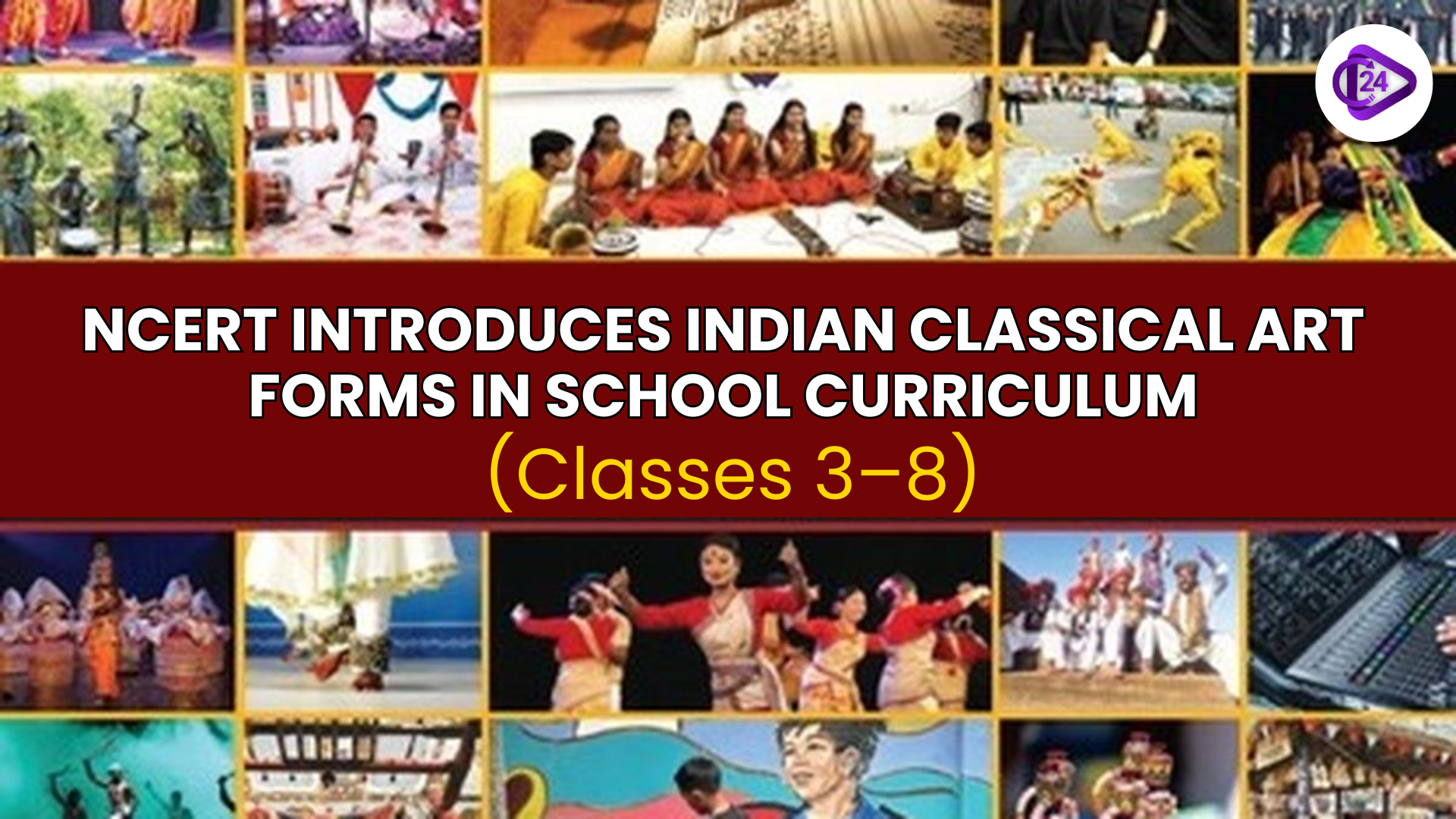
In a bid to reorient Classes 3 through 8 with new textbooks, the Indian ethos aligns to the commitments of the National Education Policy and includes Indian classical music, dance, theatre and visual arts. The new curriculum, Bansuri (Classes 335), and Kriti (Classes 68), introduce the students to swar, laya, ragas, taals, and traditional storytelling. The classical dance styles such as Bharatnatyam, Kathak, Kathakali, and Odissi are also introduced at elementary levels of hand gestures and movements. The material is formed on old Sanskrit treatises such as Natyashastra and Abhinaya Darpanam. Mastery is not the intent but appreciation and cultural exposure.
News in Brief
-
NCERT releases the Bansuri and kriti textbooks to incorporate the Indian classical arts into school education.
-
Students will learn the fundamentals of ragas, taals, hand movements, narration, and folk tradition.
-
It is an exposure in culture rather than training in a profession.
Key Points
Curriculum and Structure
-
Bansuri (Classes 3- 5) and Kriti (Classes 6-8).
-
Introduces swar, laya, shabd, ragas, taals, shlokas and folk songs.
-
Dance forms included: Bharatnatyam, Kathak, Kathakali, Kuchipudi, Manipuri, Mohiniyattam, Odissi, Sattriya.
Source of Knowledge
-
Natyashastra, Brahaddesi, Sangita Damodara and Abhinaya Darpanam.
-
Introduces ancient theories into easy child-friendly illustrations and games.
Pedagogical Approach
-
Training in story telling, abhinaya, hand-gesture, low-jumps, leaps, and shapes.
-
Promotes the use of classical art elements on the projects of the students.
-
Improves the value of performances through simple cultural knowledge.
Conclusion
This move by the NCERT establishes a balance between the traditional culture and the contemporary school education and makes the children become culturally aware. It exposes in an age-appropriate way to the rich artistic traditions of India. This move enhances the bonding between education and the traditional ethnocentric culture in India.



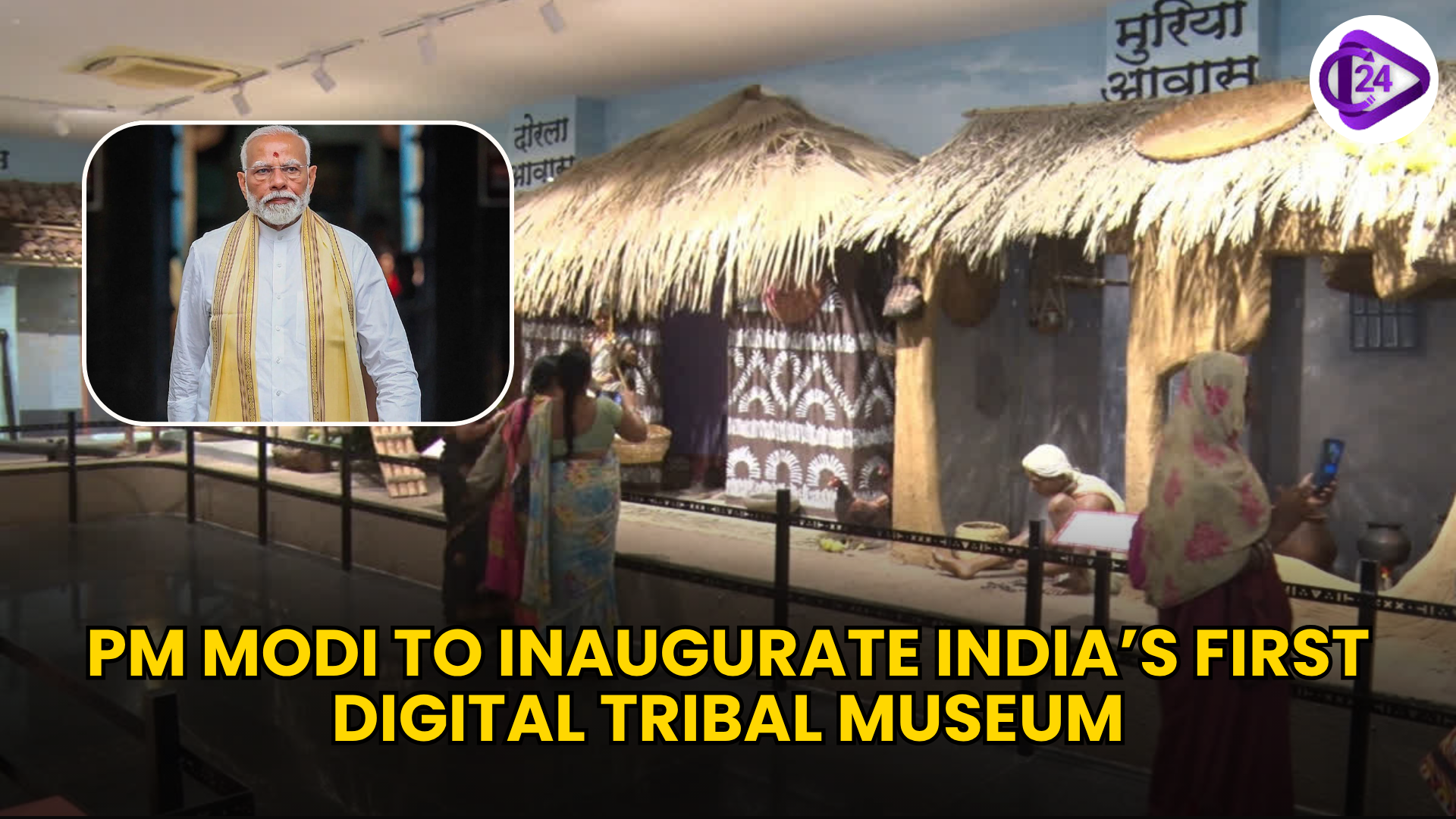 PM Modi to Inaugurate India’s First Digital Tribal Freedom Fighters Museum in Naya Raipur
PM Modi to Inaugurate India’s First Digital Tribal Freedom Fighters Museum in Naya Raipur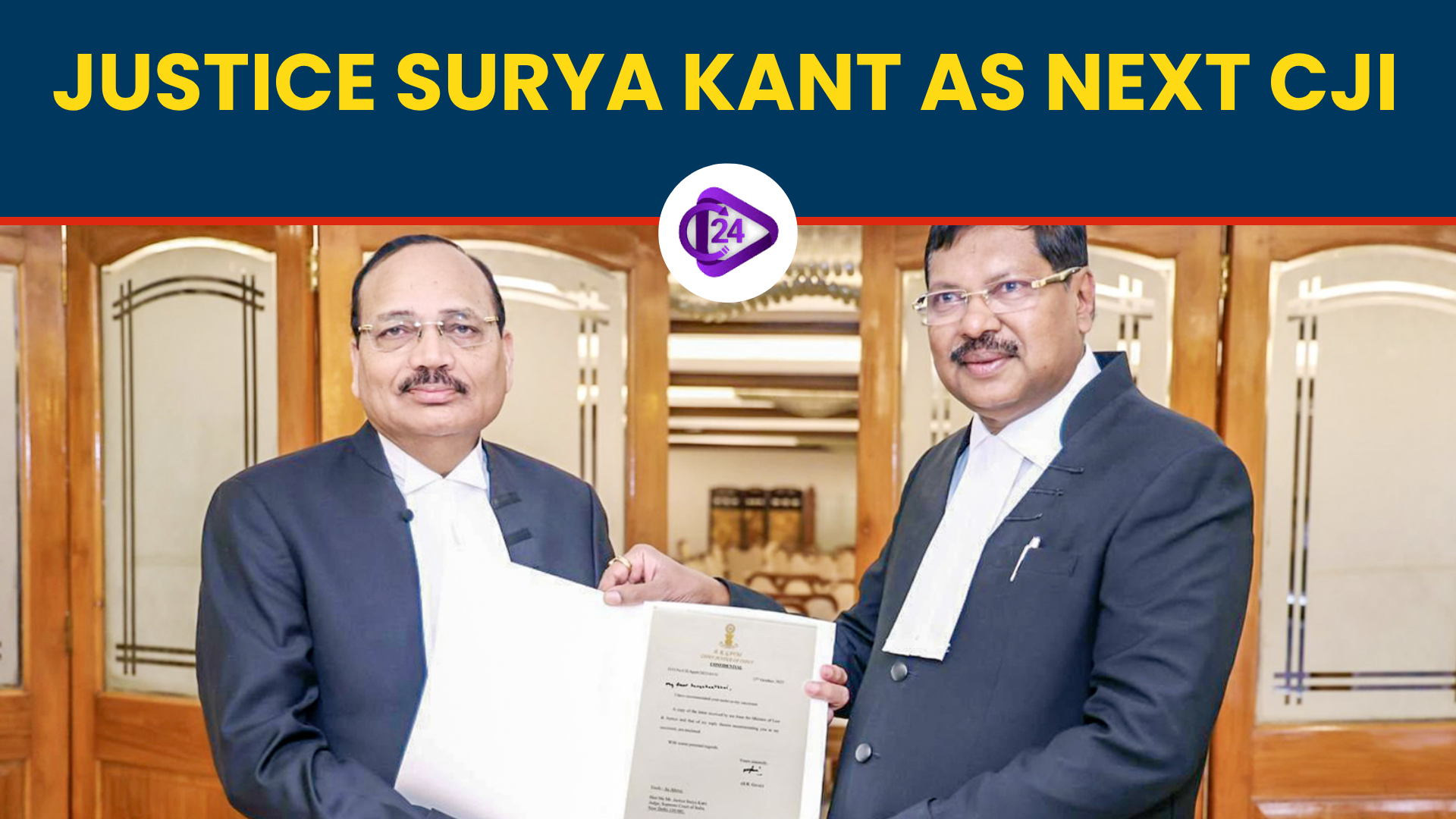 President Appoints Justice Surya Kant as the 53rd Chief Justice of India
President Appoints Justice Surya Kant as the 53rd Chief Justice of India 150th Birth Anniversary of Sardar Vallabhbhai Patel: India Celebrates National Unity Day 2025
150th Birth Anniversary of Sardar Vallabhbhai Patel: India Celebrates National Unity Day 2025 Ministry of Coal Launches Koyla Shakti Smart Analytics Dashboard
Ministry of Coal Launches Koyla Shakti Smart Analytics Dashboard Droupadi Murmu Becomes First Indian President to Fly in Rafale
Droupadi Murmu Becomes First Indian President to Fly in Rafale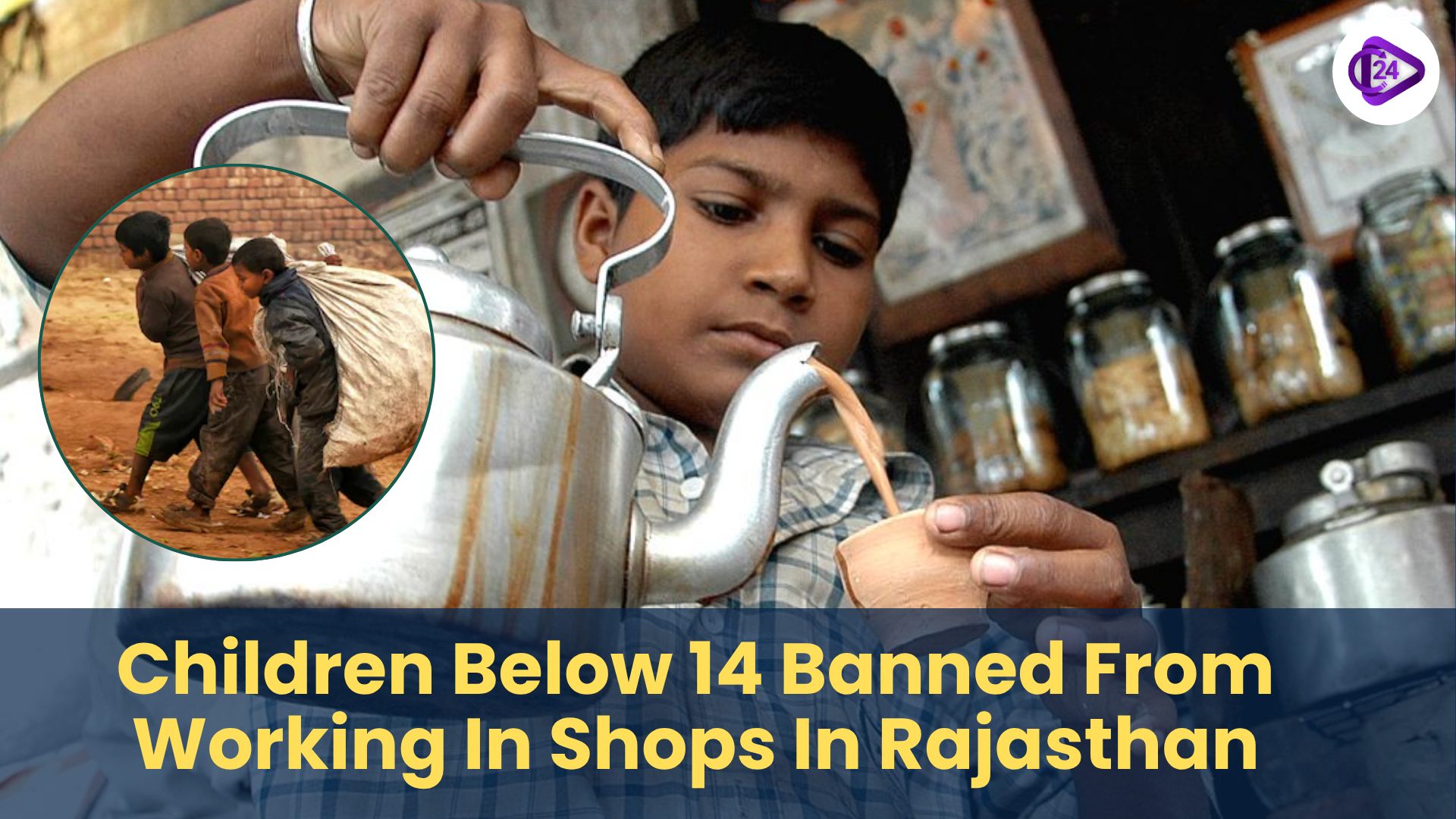 Rajasthan Bans Employment of Children Below 14 in Shops and Commercial Establishments
Rajasthan Bans Employment of Children Below 14 in Shops and Commercial Establishments India's First Glass Suspension Bridge, Bajrang Setu, Will Redefine Rishikesh Tourism by 2025
India's First Glass Suspension Bridge, Bajrang Setu, Will Redefine Rishikesh Tourism by 2025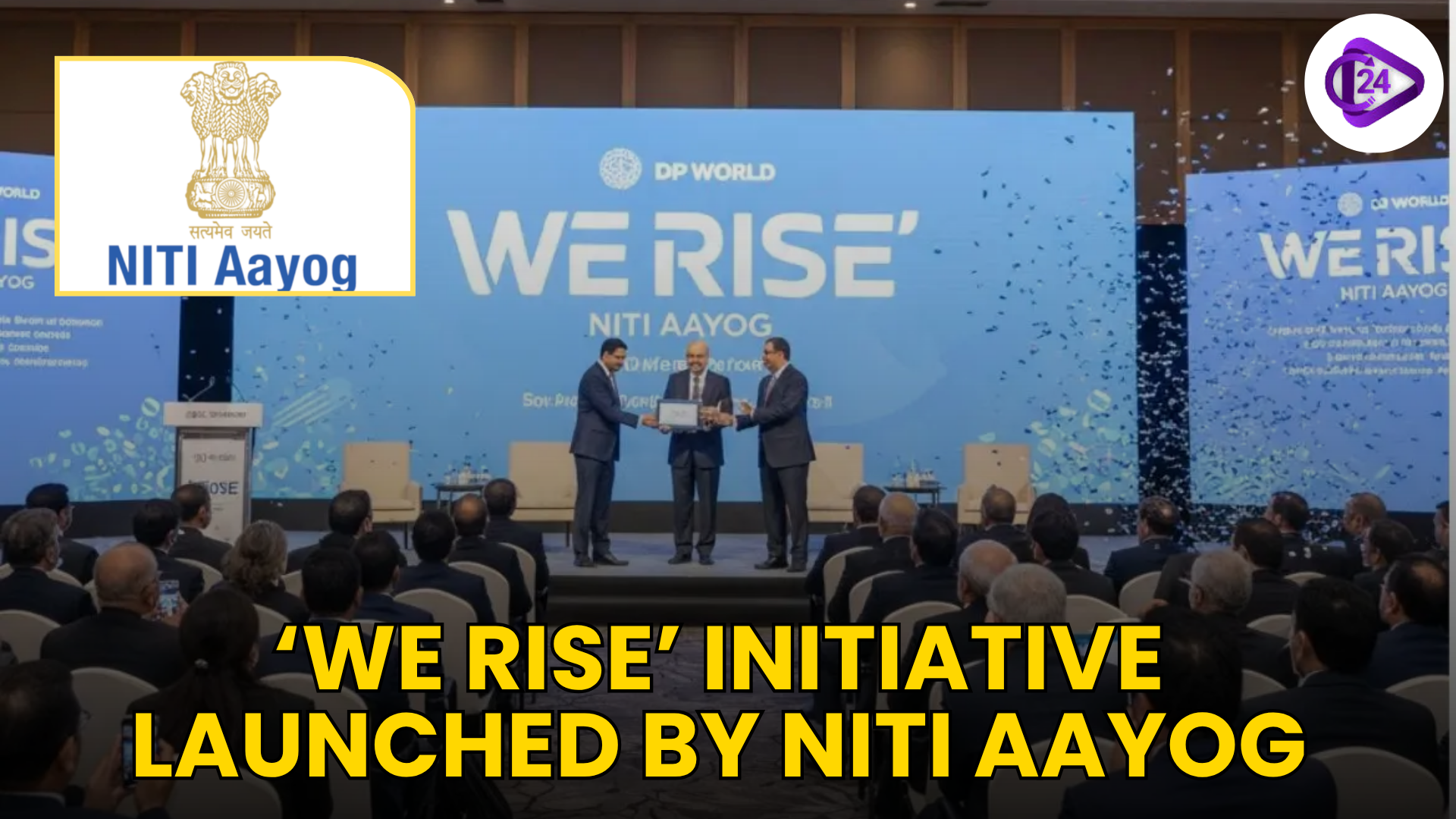 NITI Aayog’s ‘We Rise’ Empowers Women Entrepreneurs
NITI Aayog’s ‘We Rise’ Empowers Women Entrepreneurs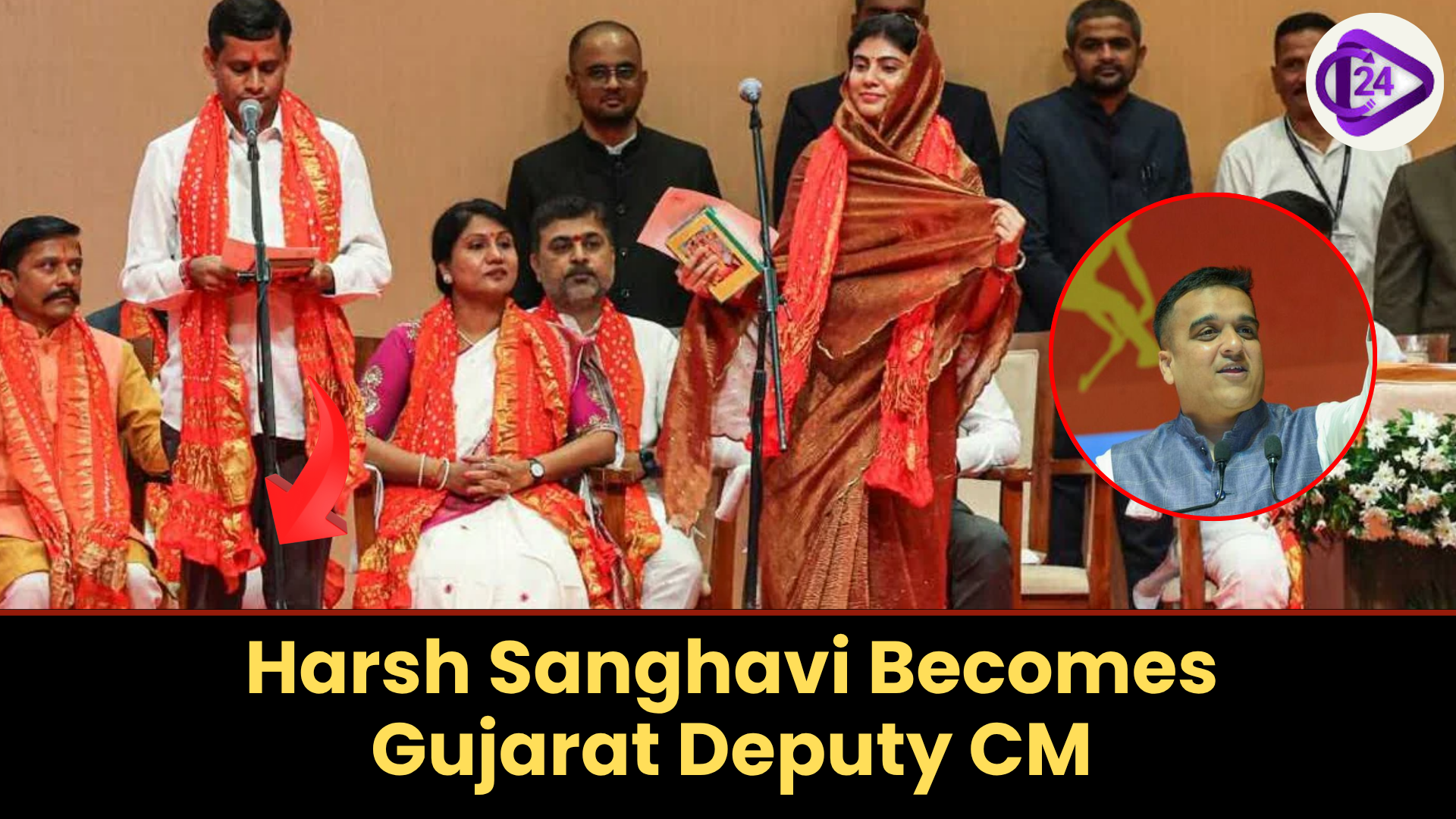 Harsh Sanghavi Appointed Gujarat Deputy Chief Minister in Major Cabinet Reshuffle
Harsh Sanghavi Appointed Gujarat Deputy Chief Minister in Major Cabinet Reshuffle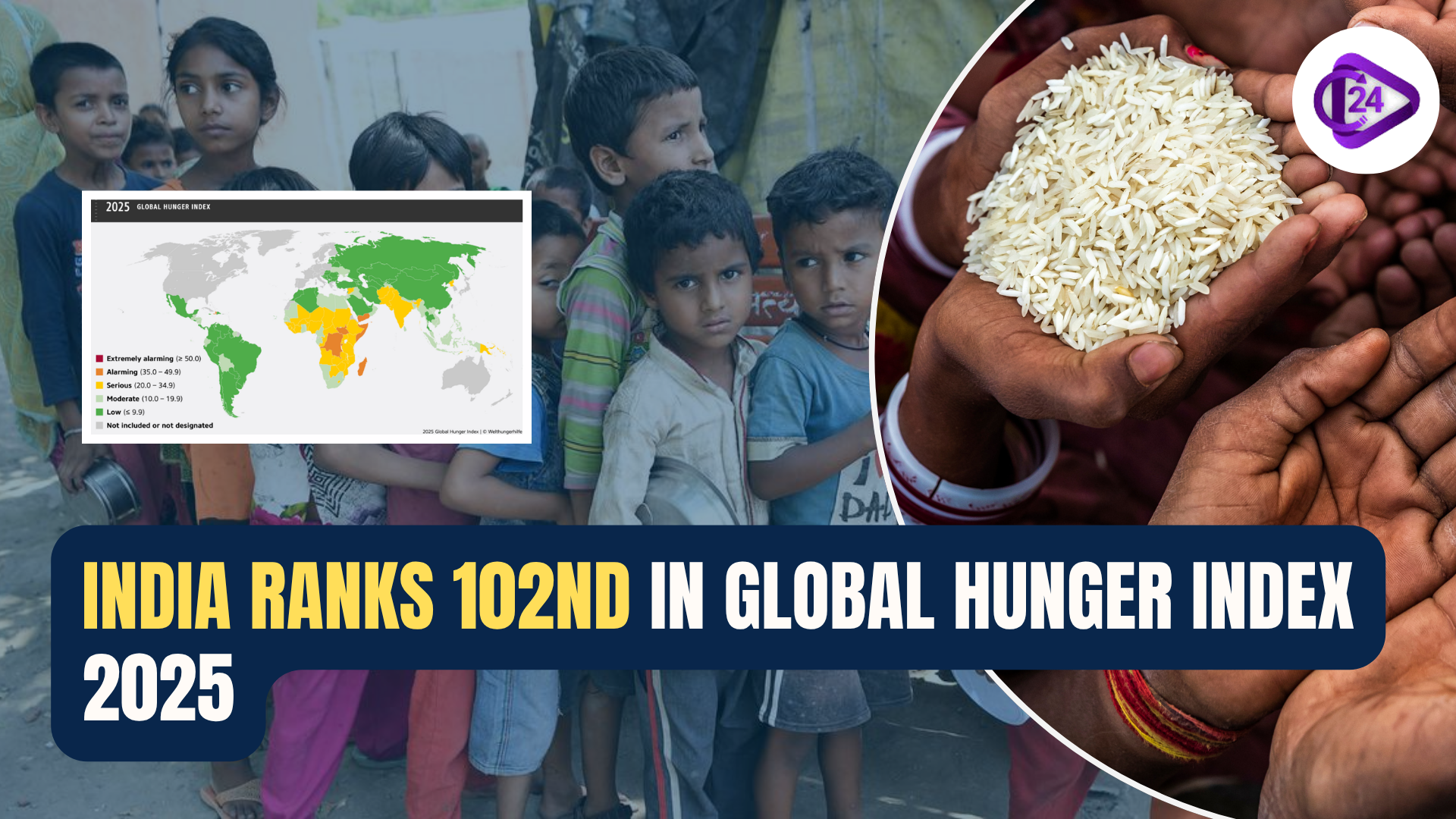 India Ranks 102nd in Global Hunger Index 2025: Hunger Remains a Serious Challenge
India Ranks 102nd in Global Hunger Index 2025: Hunger Remains a Serious Challenge




